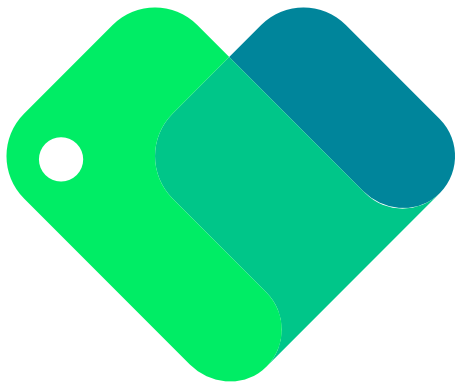Enhancing User Experience on Android with WebViewGold: Implementing Custom Splash Screens Using Animated GIFs

In the bustling world of Android app development, creating an engaging user experience is paramount. With users expecting sleek and intuitive interfaces, developers are constantly seeking ways to enhance the aesthetic appeal and functionality of their apps. One powerful yet underutilized tool in this endeavor is the use of splash screens, particularly those featuring animated GIFs. In this post, we will explore how you can implement custom splash screens using animated GIFs with WebViewGold, a quick and simple solution for converting websites into Android apps effortlessly.
Understanding the Importance of Splash Screens
Splash screens serve as the initial interaction point between your app and the user. They offer a brief moment to convey brand identity, set expectations, and engage users as the app loads its main interface. While static images have been traditionally used for splash screens, animated GIFs provide an opportunity to add flair and capture the user’s attention right from the start.
Why Choose Animated GIFs?
Animated GIFs bring several advantages to splash screens. They can create a dynamic first impression, are highly customizable, and allow for creative storytelling through motion. An animated splash screen can convey more information about your app’s purpose or mood than a static image, enticing users to stay engaged as they await the main content.
Implementing Animated GIFs Using WebViewGold
For developers seeking to integrate animated GIF splash screens into their Android apps, WebViewGold offers a seamless pathway. WebViewGold is renowned as a straightforward solution for turning websites into mobile apps. Its ease of use does not end there; it also supports the integration of customized splash screens, enhancing your app’s UX without requiring extensive coding knowledge.
Steps to Adding an Animated GIF Splash Screen with WebViewGold
1. Prepare Your GIF: Ensure that your animated GIF is optimized for fast loading and is visually appealing. The resolution should match various screen sizes to maintain quality across devices.
2. Integrate WebViewGold: If you’re starting from scratch, begin by using WebViewGold to convert your website into an Android app. This tool simplifies the process significantly, allowing you to focus on design and functionality rather than the complexities of coding.
3. Add Your GIF to the Project: Within your WebViewGold project, add your animated GIF file to the appropriate resource folder. This ensures that the splash screen is part of the app assets and loads correctly during startup.
4. Edit the Splash Screen Configuration: Update the splash screen configuration within the WebViewGold setup files to point to your animated GIF. You can tailor settings such as display duration to suit the desired user experience.
5. Test Across Devices: Deploy the app on different Android devices to ensure that the splash screen appears as intended and check that the transition from the splash screen to the main app interface is smooth.
Conclusion: Captivate and Engage from the First Interaction
By leveraging the power of animated GIFs in splash screens, developers can elevate the initial experience their app provides, setting a professional tone and captivating users right from the onset. WebViewGold simplifies the integration process, letting developers focus on creativity and design instead of technical hurdles. As the demand for mobile apps continues to rise, ensuring a compelling first impression with tools like WebViewGold becomes ever more critical to success.
